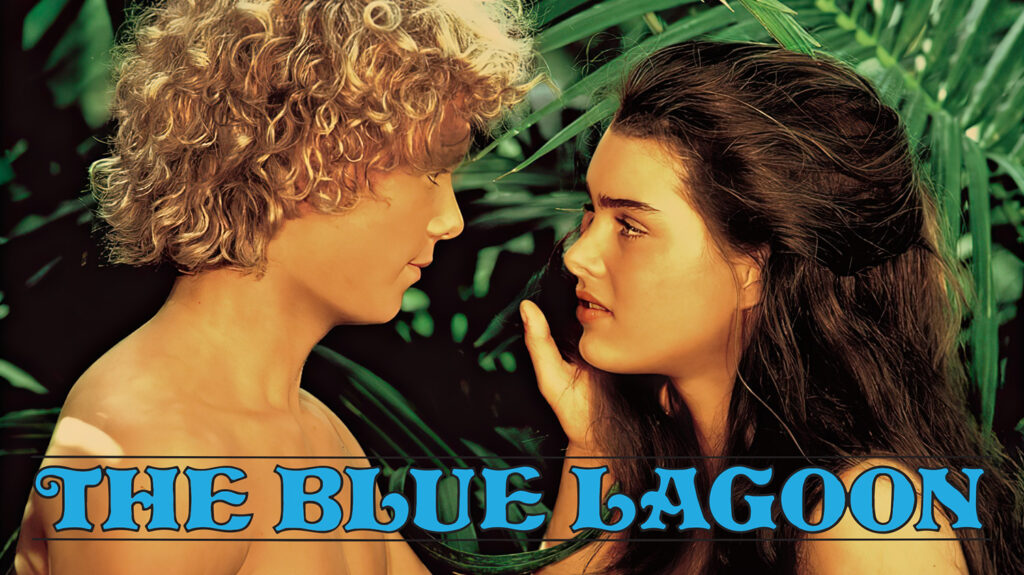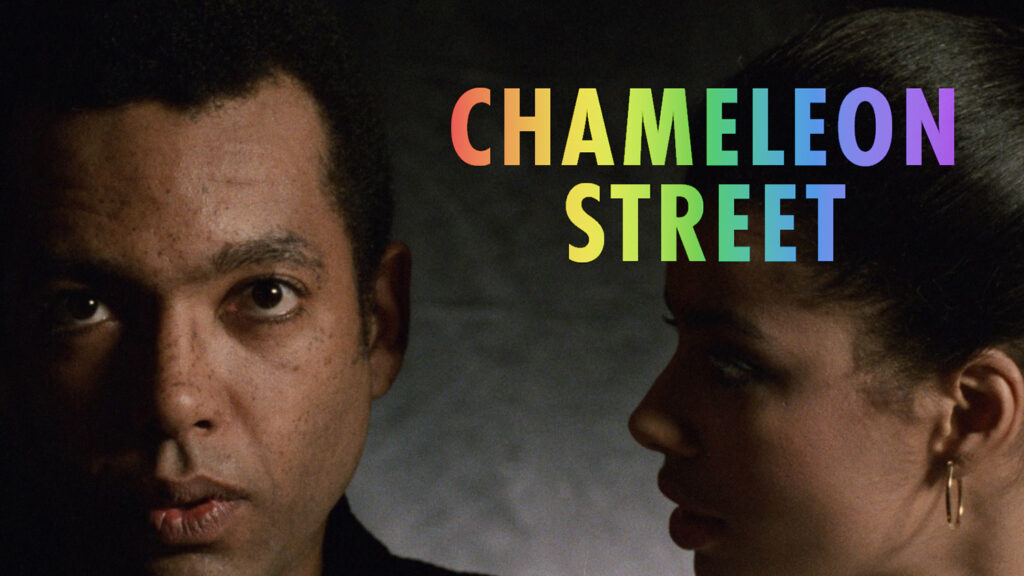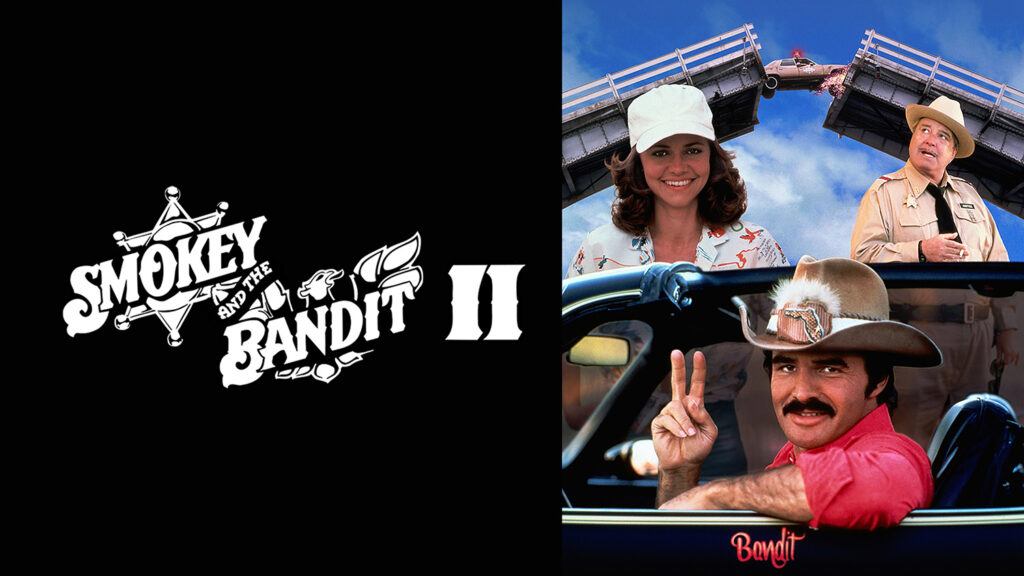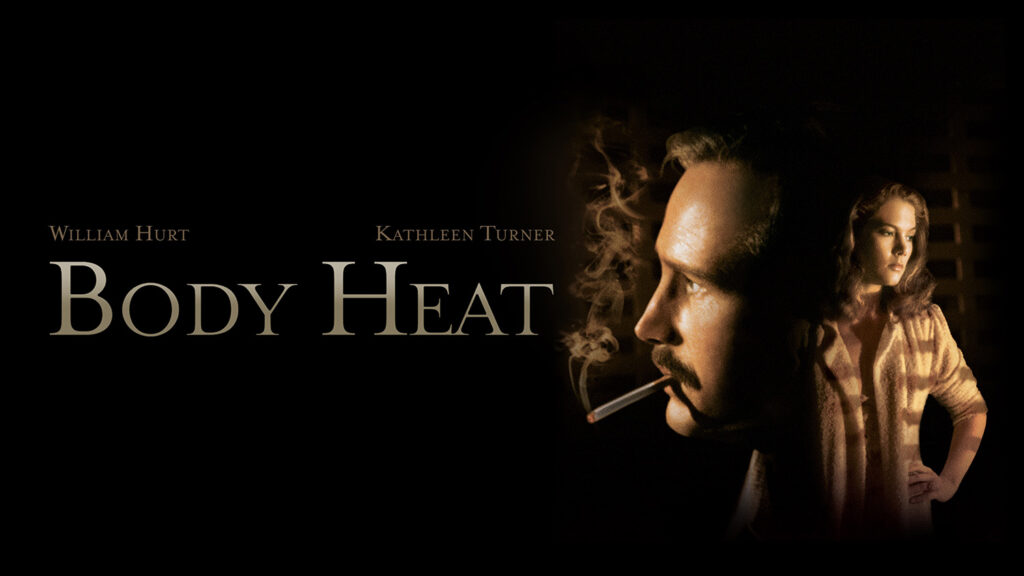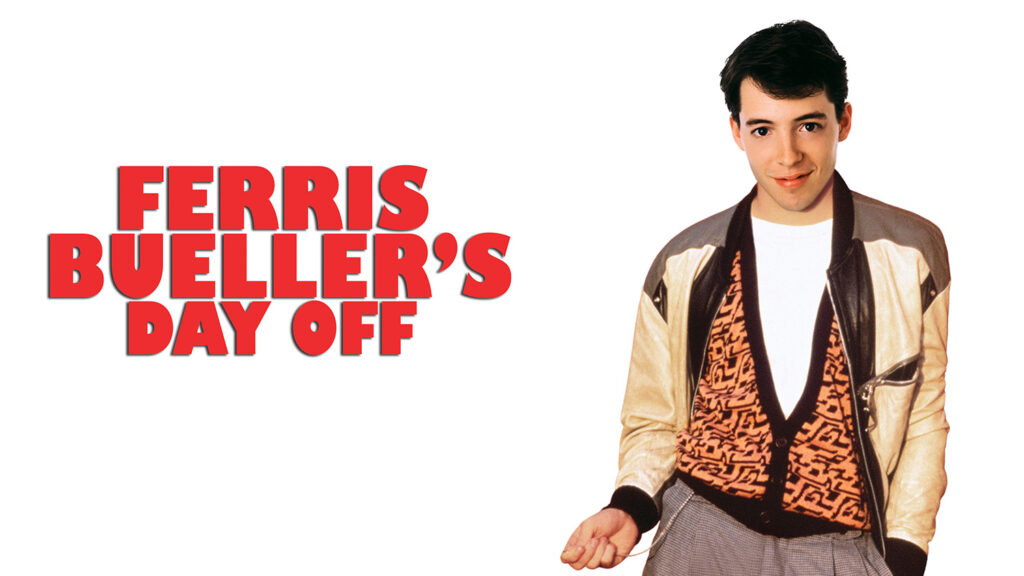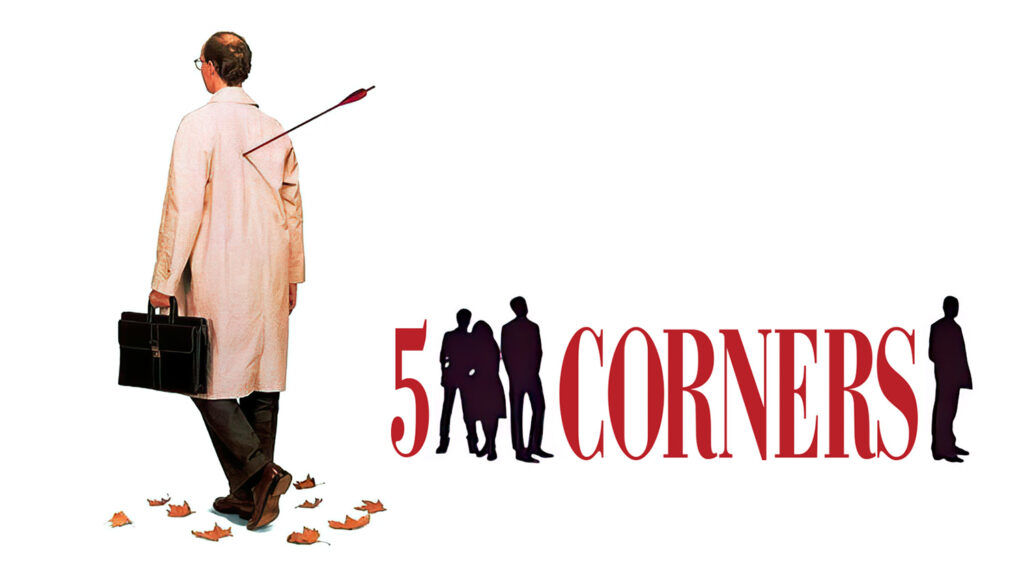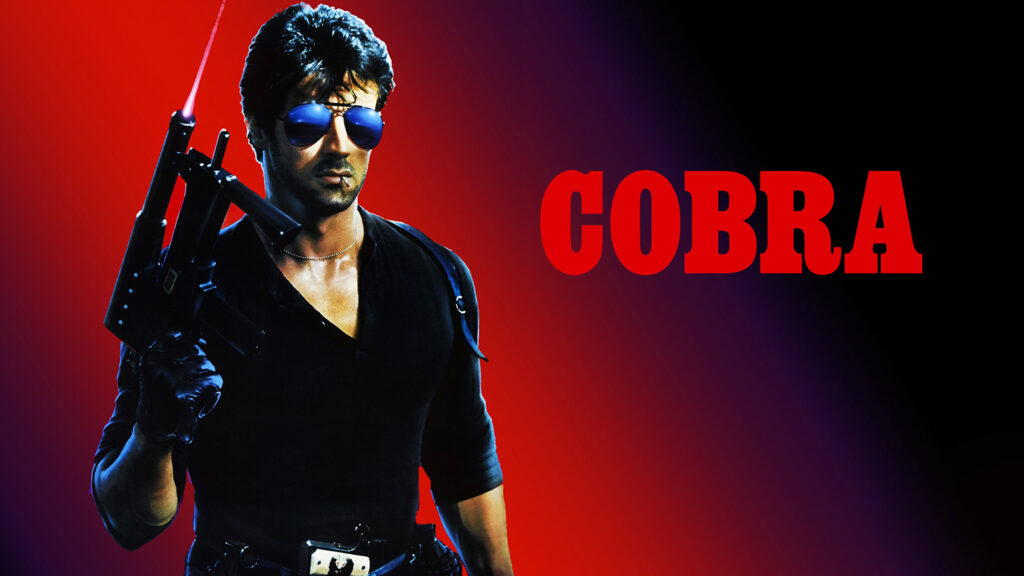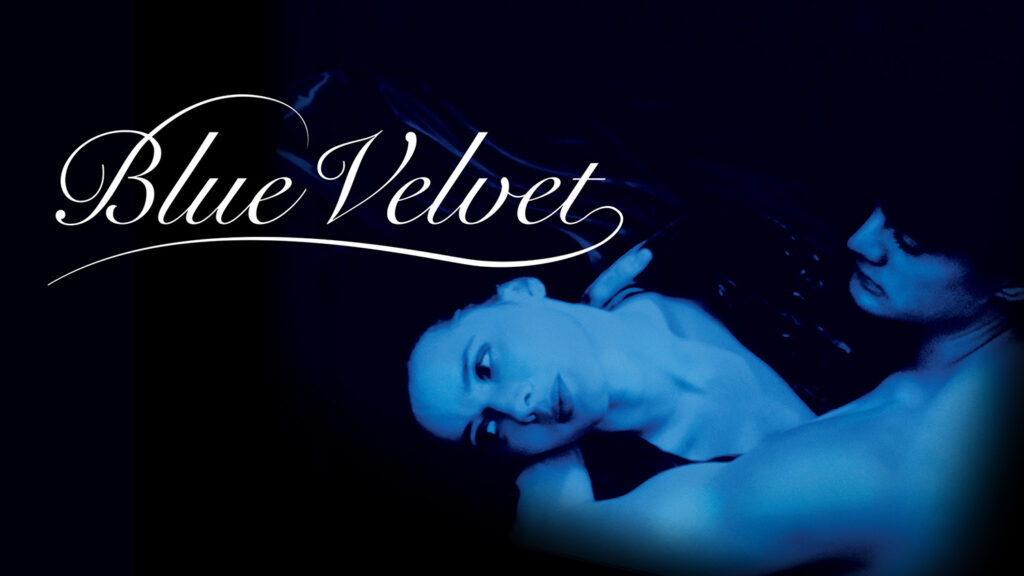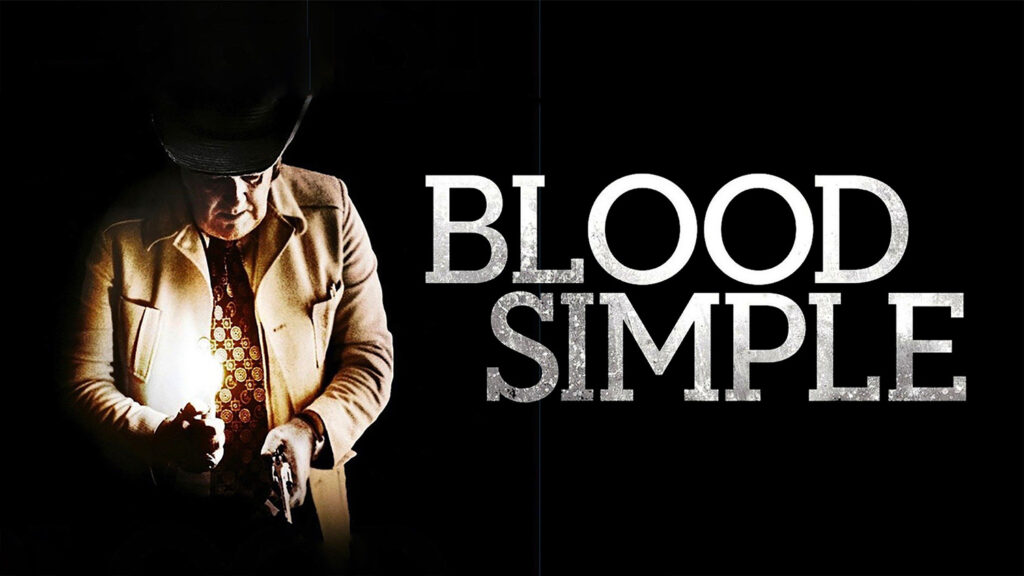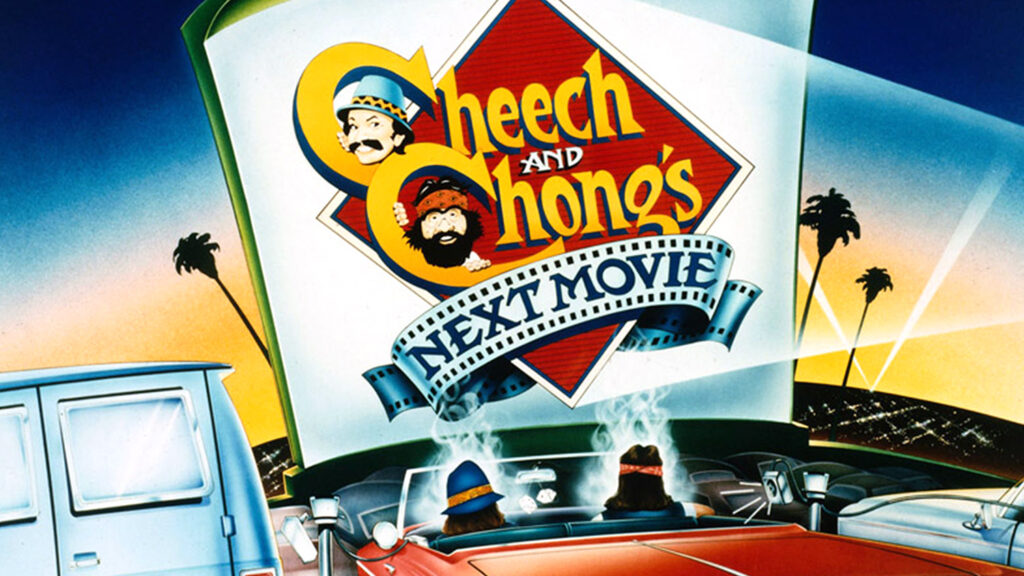The Blue Lagoon
Originally published: Sept. 2, 1980
Every year, it seems, a movie is released that should never have been made.
Last year, it was The Amityville Horror; the year before, Sgt. Pepper’s Lonely Hearts Club Band. This year, it’s Columbia’s remake of The Blue Lagoon.
The Blue Lagoon is totally useless. The plot (what little there is) muddles along at a pitifully slow pace. Too much time is spent on Wild Kingdom-like scenery. We see chirping birds, slithering snakes, swimming squids, and turned-on turtles. Basically what you might see on the television show.
The Blue Lagoon ends up about one-and-a-quarter hours too long. It moves along fairly well at the very beginning and at the very end, but in between, the story pokes along unmercifully.
Though the plot touches on some philosophical views of religion, it simply mentions them with no attempt made to explore them.
